Why PPR Pipes Are the Best Choice for Hot and Cold Water Plumbing
HBS-login2025-09-24T13:11:37+05:30
When planning a plumbing system, the choice of pipes affects everything from durability to water quality. If you’re looking for a material that works well for both hot and cold water, PPR pipes are one of the best options.
At Best Tech Pipe, we’ve seen how these pipes have become the preferred choice in homes, offices, and even industrial setups. They’re reliable, safe, and built to last. Let’s walk through why PPR pipes for hot and cold water are worth considering.
What Are PPR Pipes?
PPR Pipe full form is Polypropylene Random Copolymer, these are a type of plastic pipe specifically designed for use in plumbing systems. They`re lightweight and they resist corrosion; they could hold up to temperature changes and high pressure. They come from variable sizes and thicknesses that allow them to fit a wide range of applications, from common household water supply lines to large commercial developments.Why Use PPR Pipes for Hot and Cold Water?
Here’s what makes PPR pipes for plumbing such a smart choice:1. Handles High Temperatures
PPR pipes for hot water supply can safely carry water up to 95°C without losing shape. That makes them ideal for kitchens, bathrooms, and hot water systems. At the same time, they remain reliable for cold water, staying free from cracks even at low temperatures.2. Built to Last
A properly installed PPR system can last over 50 years. Unlike metal pipes, which can rust or corrode, PPR doesn’t wear down as quickly. That means fewer repairs and replacements over time.3. Keeps Water Safe
These PPR pipes do not have toxic properties; neither do they react with water. The smooth interior surface tends to prevent scaling and bacterial buildup, thus keeping the water clean and safe for use.4. Energy Efficient
Being natural insulators, PPR pipes for hot and cold water minimize heat loss, and this makes hot water systems that bit more efficient and less in need of extra insulation.How Do They Compare with Other Pipes?
It helps to see how PPR stacks up against other materials:- Metal pipes: Strong but prone to rust and expensive to install.
- PVC pipes: Work for cold water but aren’t suited for hot water.
- CPVC pipes: Good for hot water, but often cost more and aren’t as eco-friendly.
Easy Installation and Low Maintenance
One of the practical advantages of PPR pipes for plumbing is how easy they are to install. They use heat fusion welding, which creates solid, leak-proof joints. Maintenance is simple, too. They don’t need special coatings or regular chemical cleaning. A quick inspection now and then is enough to keep them in good shape.Where Can You Use PPR Pipes?
PPR pipes for hot and cold water are versatile and work well in:- Homes: Bathrooms, kitchens, and central water supply lines
- Commercial buildings: Offices, hotels, and hospitals
- Industrial setups: Factories where hot water or chemical-resistant piping is required
Key Benefits at a Glance
- Long service life (50+ years)
- Handles hot and cold water with ease
- Safe, non-toxic, and hygienic
- Energy-saving insulation
- Easy installation with secure joints

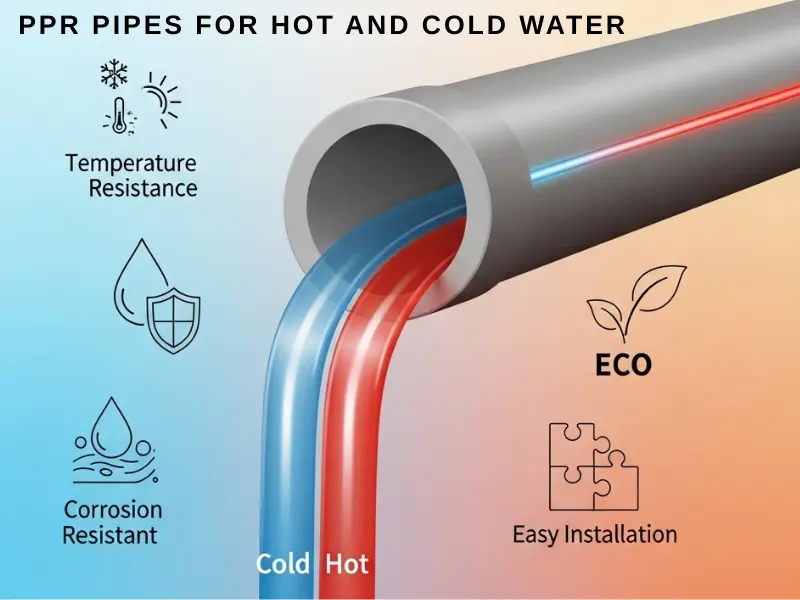
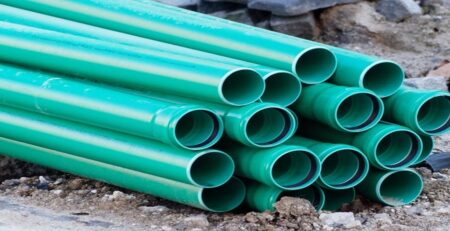
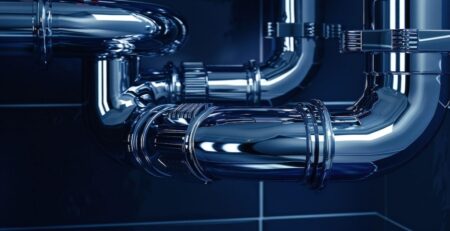

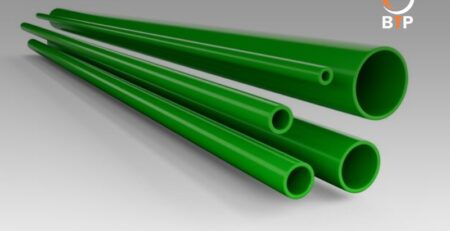
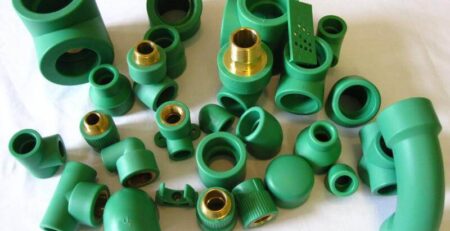
Leave a Reply